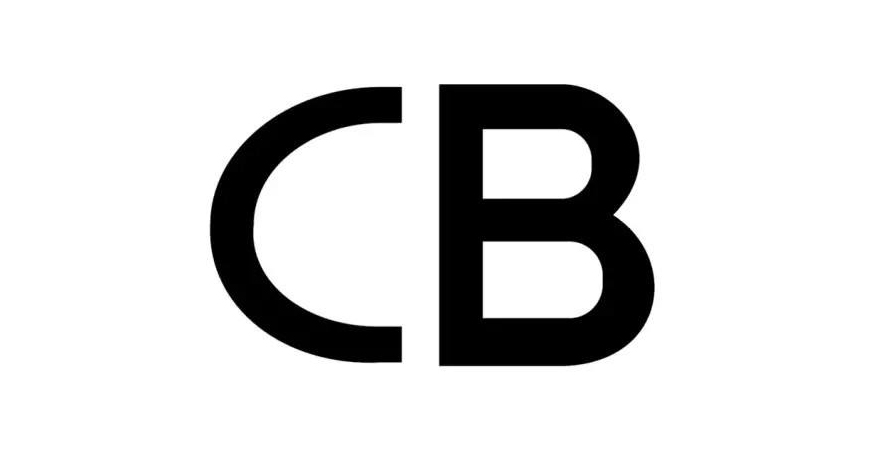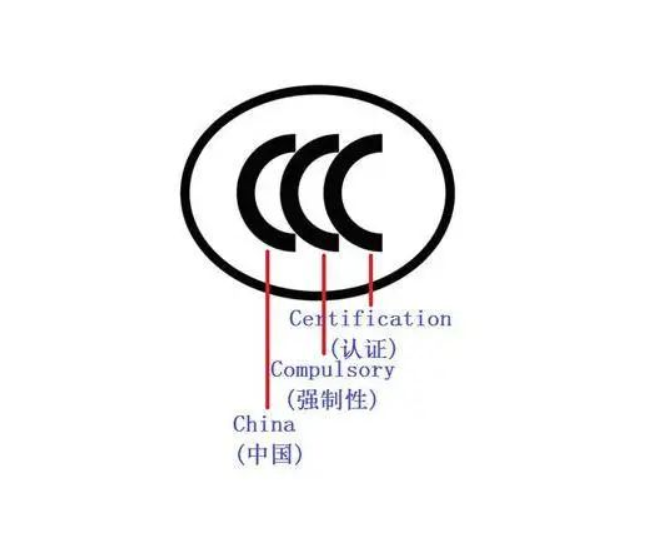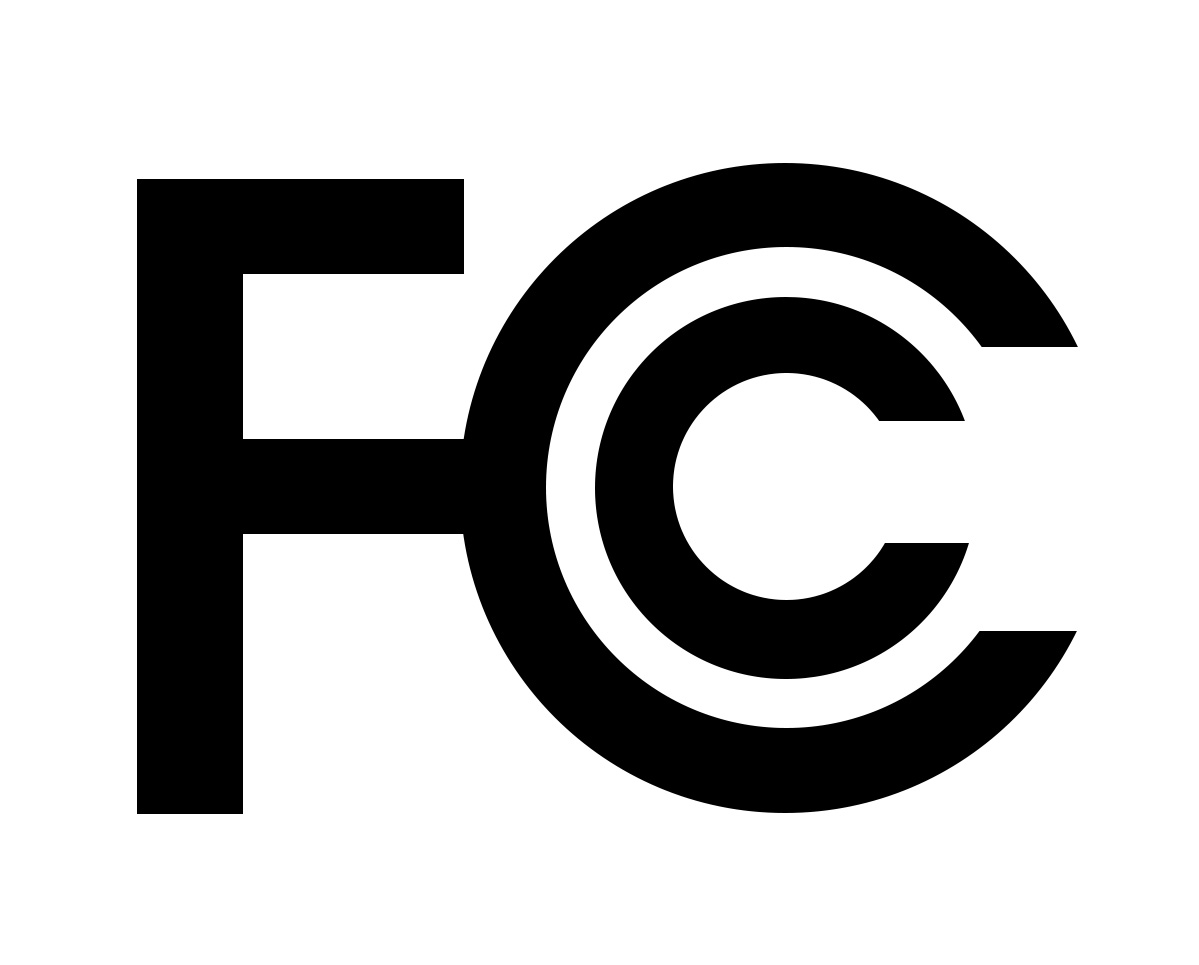On 22 March 2023, ECHA opened a public consultation on proposals submitted to ECHA by Denmark, Germany, the Netherlands, Norway and Sweden to add restrictions on the manufacturing, marketing and use of PFAS to REACH restrictions, with the aim of giving interested parties an opportunity to express their views on the inclusion of PFAS in REACH restrictions. The public consultation will close on 25 September 2023. The ECHA's Risk Assessment Committee (RAC) and Socio-economic Analysis Committee (SEAC) will evaluate the proposed restrictions based on the advisory opinion and form an opinion, with the final decision being made by the European Commission on whether to include PFAS in the restriction article.
In addition, ECHA announced on March 23 that the ECHA Enforcement Forum agreed to conduct specific enforcement actions against PFCAs.
ECHA/NR/23/09 The ECHA Enforcement Forum agreed to undertake specific enforcement actions against PFCAs related substances
On 23 March 2023, the European Chemicals Agency (ECHA) Enforcement Forum agreed to launch a specific enforcement action against PFCAs to check for the presence of restricted perfluorinated carboxylic acids (PFCAs) and related substances in consumer products such as cosmetics. Inspections of the pilot project will begin in 2023 and continue in 2024 in the 12 participating countries. The aim is to protect consumers from exposure to PFCAs and related substances, including perfluorooctanoic acid (PFOA), which have been identified as substances of high concern due to their dangers.
The project will also raise awareness among companies selling cosmetics and other consumer products about the limits of REACH and POPS regulations. It was triggered by the discovery of perfluorooctane sulfonic acid in cosmetics sold on the European Union market, the use of which is restricted under the Persistent Organic Pollutants Regulation. Enforcement officers can take enforcement actions against violations (e.g. product recall, withdrawal from the market, sale ban, etc.) in accordance with relevant regulations applicable in REACH or POPs regulations, and a project report is expected to be released by the end of 2024.
Control requirements for EU PFCAs and PFOA
C9-C14 PFCAs and their salts and related substances
Control regulations: REACH regulations
Control requirements: As of February 25, 2023, substances, mixtures or articles shall not be manufactured or placed on the market unless the sum of C9-C14 PFCAs and their salts is less than 25 ppb and the sum of C9-C14 PFCAs related substances is less than 260 ppb. Note: For specific products to be implemented in phases, see the original regulations.
PFOA and its salts and related substances
Control regulations: POPs regulations
Control requirements: PFOA and its salt content in substances, mixtures or articles is less than or equal to 0.025mg/kg; Pfoa-related substances in substances, mixtures or articles individually or collectively ≤1mg/kg. Note: For specific products to be implemented in phases, see the original regulations.
About PFAS
PFAS(perfluorinated and polyfluoroalkyl compounds) are organic compounds containing at least one perfluorinated carbon atom (i.e. containing at least one -CF2- or -CF3- fatty chain structural unit).
Due to its extremely stable carbon-fluorine bond, PFAS confer oil, water, dirt and mud resistance, chemical and high temperature resistance, reduced surface friction, and surface activity. Therefore, it is widely used in food packaging materials (food contact paper and cardboard), consumer goods such as anti-fouling, waterproof fabrics and carpets, leather and clothing, non-stick kitchenware (such as Teflon), polishes, waxes, paints, cleaning products and fireproofing foam, as well as semiconductor and PCB board in electronic and electrical products.
PFAS are also known as "chemicals forever" because they are believed to be persistent, biocumulative and toxic (PBT), and can easily enter and accumulate in air, dust, food, soil, and water. Evidence shows that PFAS cause global pollution to the environment, wildlife and people, accumulate in human bodies and pose a direct threat to human health, and that pollution from PFAS is exacerbating the biodiversity crisis.
Warm tips
The harm of PFAS has been widely concerned around the world, and relevant regulations on PFAS control have been issued in various regions. In recent years, global legislation on PFAS has continued to increase, and the scope of restrictions on PFAS has become more and more extensive. ZRLK suggested that relevant enterprises should pay attention to the progress of domestic and foreign regulations, check the use of PFAS in products as soon as possible, and prepare alternatives to PFAS in advance, so as to ensure that the products put on the market meet the regulatory requirements and avoid unnecessary economic losses.













